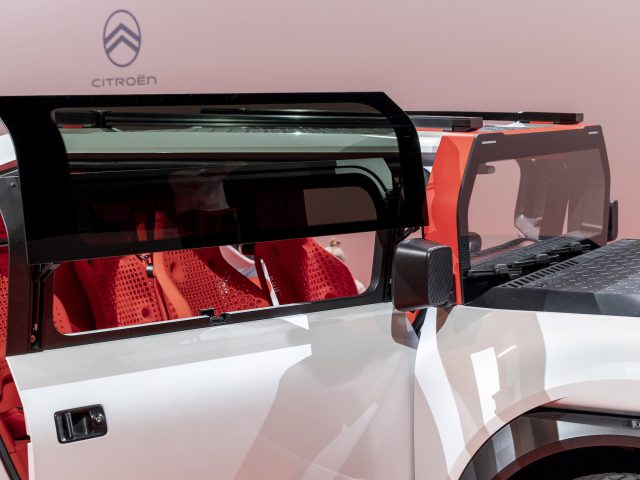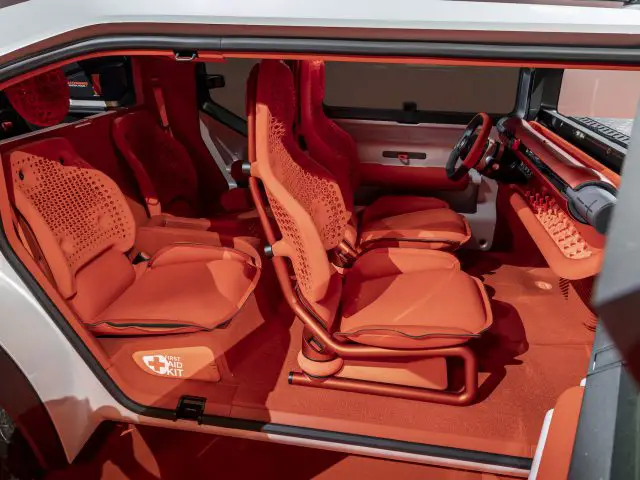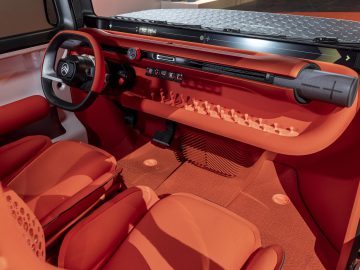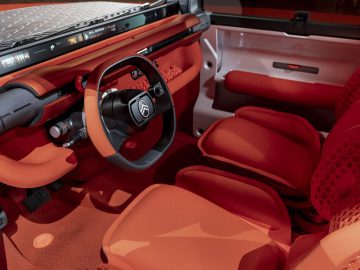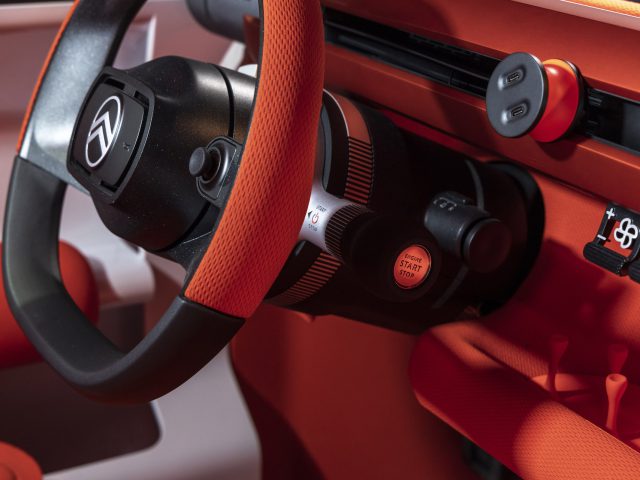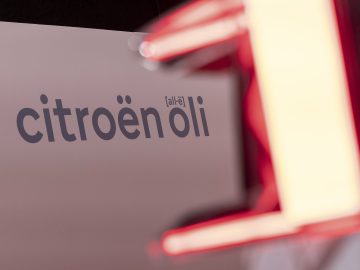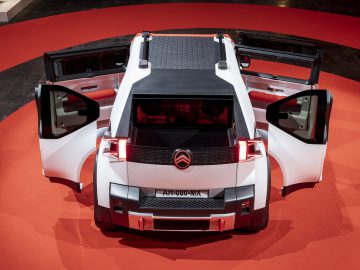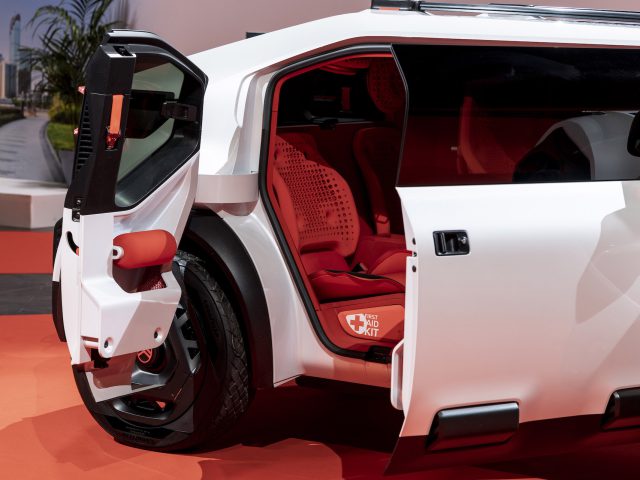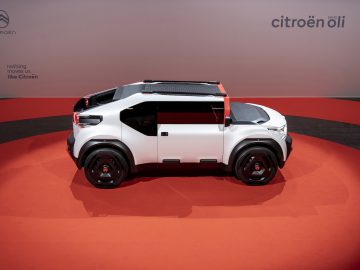Citroën Oli: Citroën’s ‘Cybertruck’ that tastes like more
Citroën Oli: lots of potential!
To look at, the Citroën Oli is like a Tesla Cybertruck, but with a slightly less sharp design. The shapes correspond in the basics. But the potential of this Citroën Oli could also rival the Tesla Cybertruck. For that Cybertruck, Tesla already has tens of thousands of orders in its pocket. If Citroën were to open the Oli’s order books, it might just become a resounding success. As far as we are concerned, it may go into production, especially if Citroën can deliver on the promised specifications.
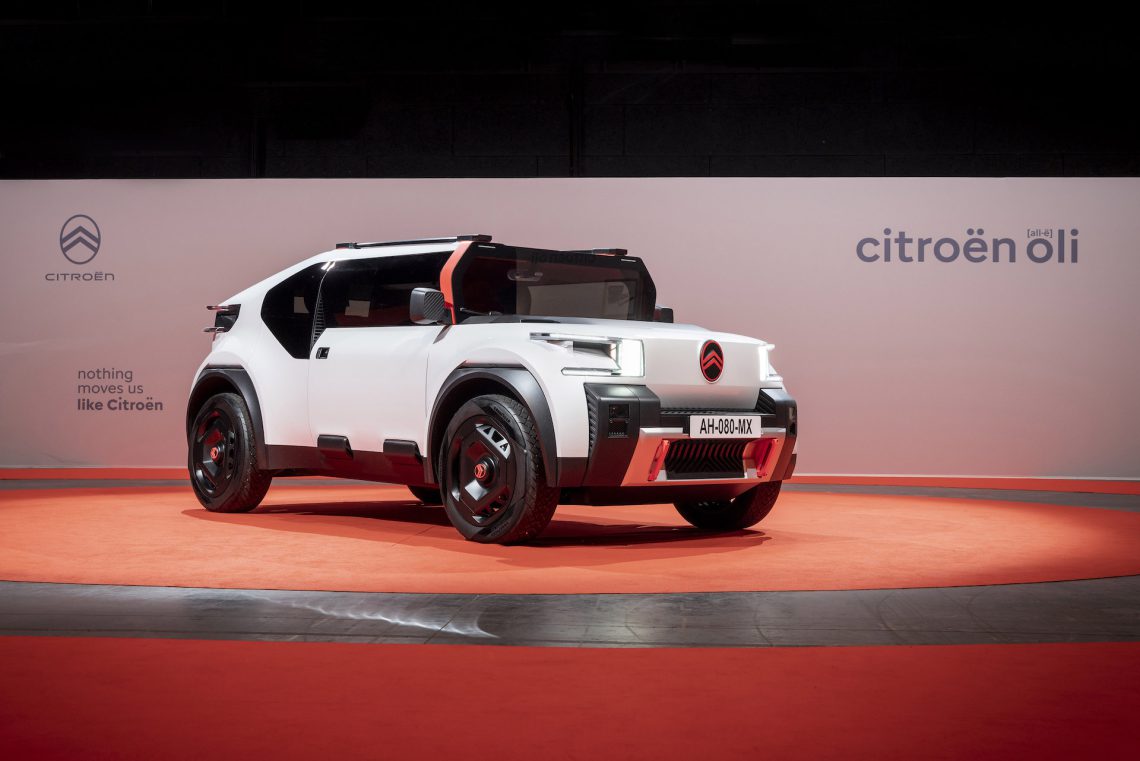
Driving laboratory
Okay, so what exactly is the Citroën Oli supposed to represent? You should see it, according to the Frenchmen, as a “driving laboratory” and a multifaceted expression of intelligent ideas for the future. These ideas then hit the production process in particular. The car goes against industry trends toward heavier, more complex and more expensive zero-emission family cars. From Citroën, it could all be a little lighter. Hence the target weight of only 1,000 kilograms.
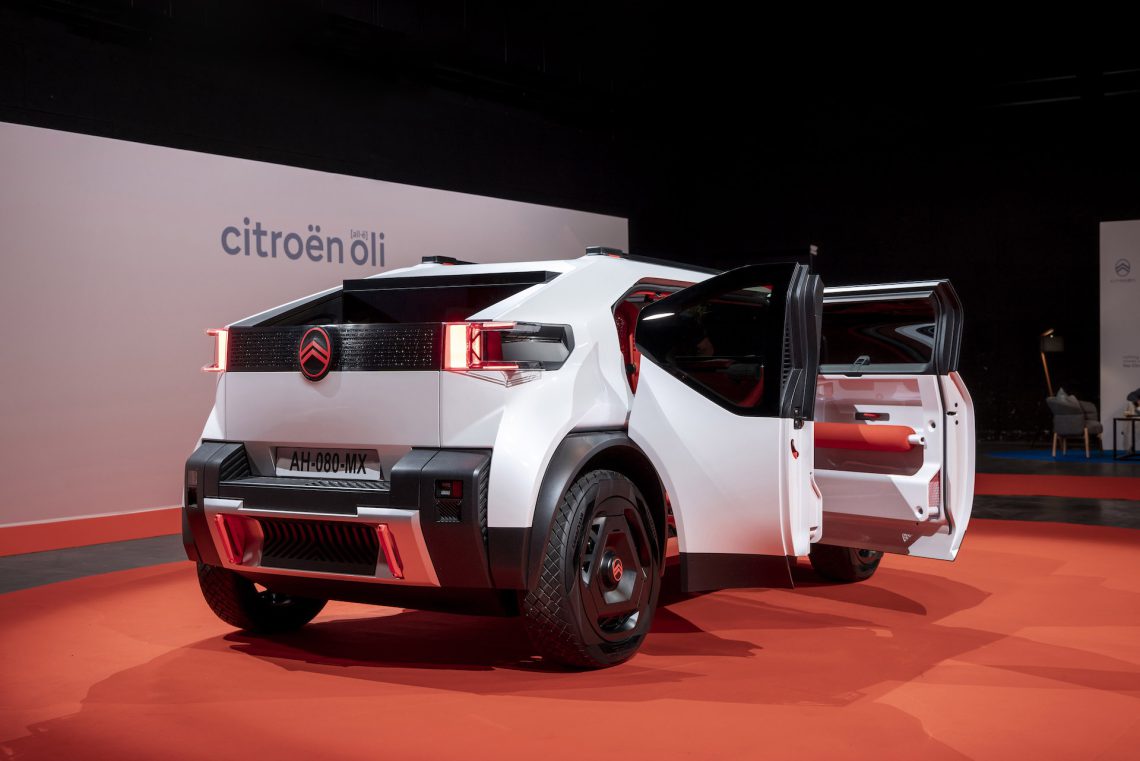
Sustainable
Citroën is also aiming for the “best-in-class” life cycle analysis with the Oli thanks to reduced weight and complexity, recycled and recyclable materials, affordability, durability and longevity. The Oli has a smart construction with identical front doors, bumpers and other protective elements, flat panels and flat glass as well as lightweight materials. Notable are the wheels made of steel and aluminum, equipped with experimental and durable Goodyear Eagle GO concept tires.
With cargo box, it really is a Cybertruck in miniature
Extra striking are the flat hood, cargo box panels and ditto roof, on which you can stand and which are made of recycled corrugated cardboard in a honeycomb structure. The comfortable chairs have open-weave upholstery. Furthermore, the floor is washable and the brand uses recyclable materials. An infotainment system? The Oli has “bring your own device” infotainment. In short, bring your own phone, it works just as well.

New brand logo!
The Citroën Oli is also the brand’s first car to feature the all-new brand logo. Starting in mid-2023, the new logo will be seen incrementally on production models. The prominent and powerful oval shape refers to the new direction of Citroën’s design language, in which the distinctive logo becomes an instantly recognizable style element on all new Citroën models.
Citroën Oli is not a palace on wheels
“Instead of a ‘palace on wheels’ that weighs 2,500 kg and is stuffed with screens and gadgets – which is the current trend in the automotive industry – the oli is a concept that proves that with only the things customers really need and want, the social need for low-cost, emission-free mobility can be met. Mobility that is also suitable for multiple lifestyles with the use of responsible materials and sustainable production processes,” stated Vincent Cobée, CEO of Citroën.
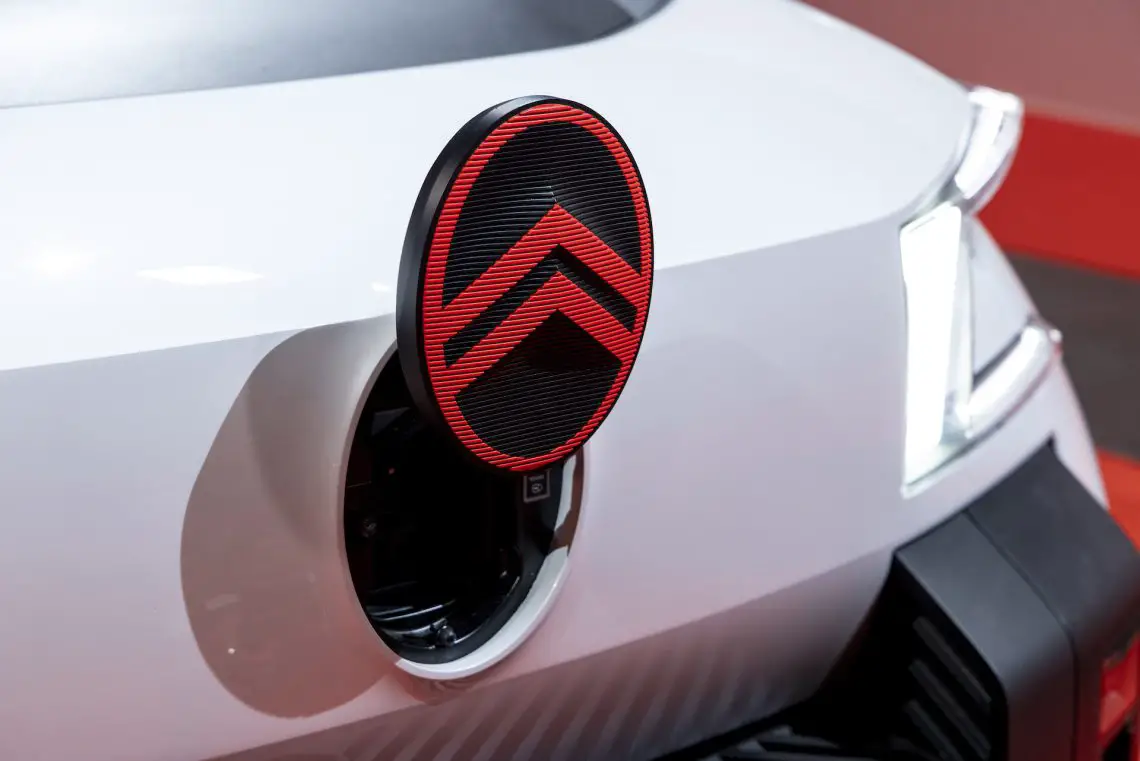
Times are changing
The top executive continued: “A typical family car from the mid-1970s weighed about 800 kg and was about 3.7 meters long and 1.6 meters wide. Today, it is more than 1,200 kg, at least 4.3 meters long and 1.8 meters wide. Some family cars even weigh more than 2,500 kg. This, of course, is partly due to safety regulations. But if the trend continues and we abandon our car 95% of the day and take 80% of our trips alone, the conflict between the need to protect our planet and the need for sustainable, electrified mobility will not be easily resolved.”
Build it!
Less is more, the author in question loves it. This Citroën tastes like more, as we mention just a few more specs. The all-electric powertrain requires only a 40 kWh battery to achieve a target range of 400 km. By limiting the top speed to 110 km/h for maximum efficiency, consumption of 10 kWh/100 km is realistic. Charging from 20 to 80% takes only 23 minutes. So Citroën, once again: build that thing!



